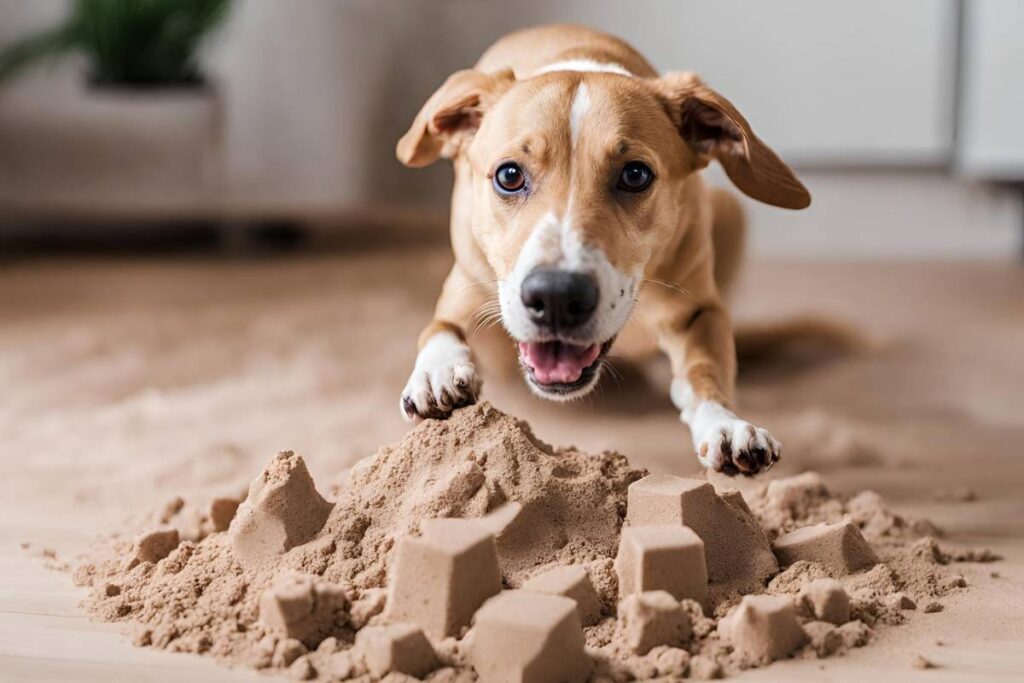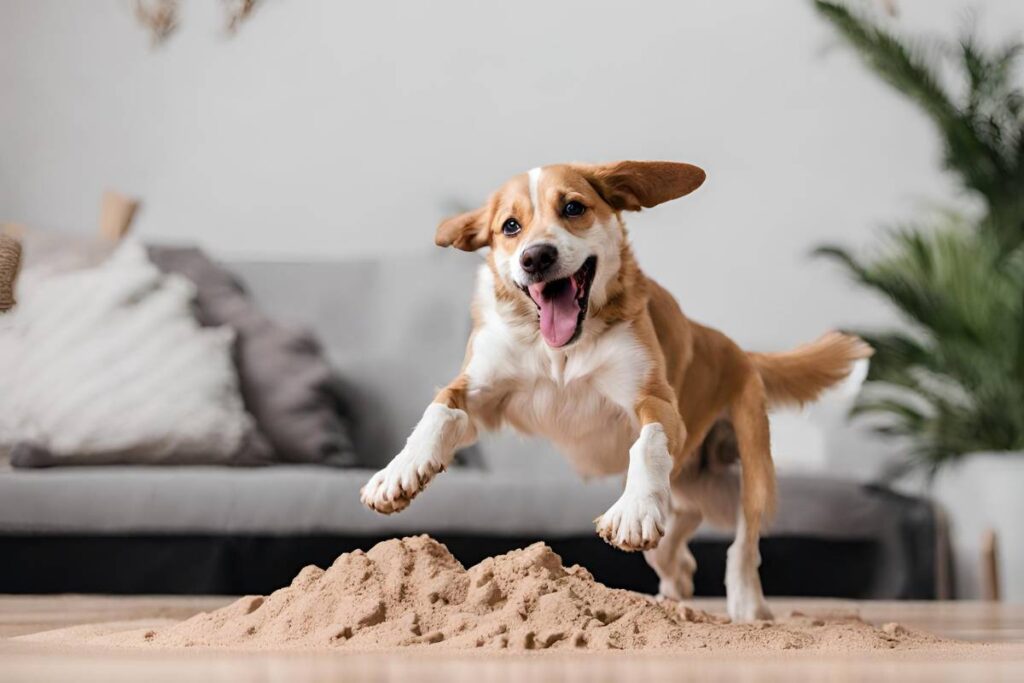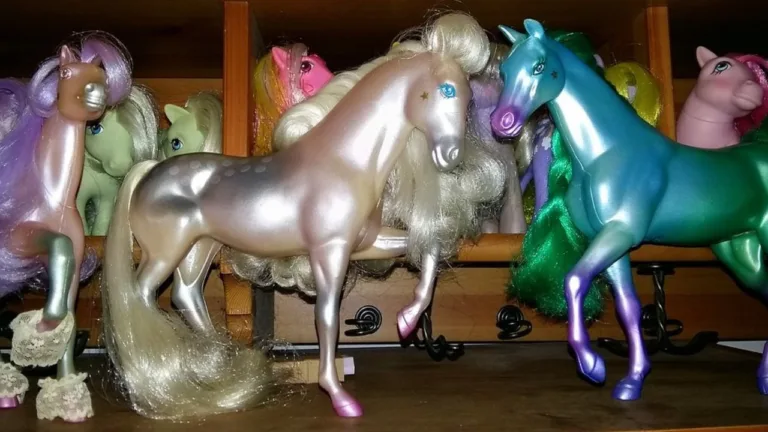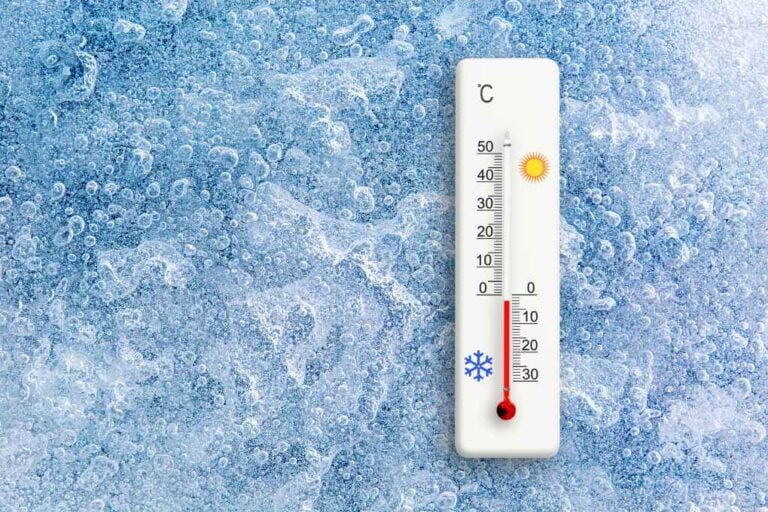Is Kinetic Sand Toxic to Dogs? A Pet Owner’s Guide

Kinetic sand: It’s the mesmerizing, moldable substance that sparks joy in kids and adults alike. But when your furry friend gets curious and decides to take a nibble or even ingest some, a crucial question arises: Is kinetic sand toxic to dogs?
Kinetic sand might seem harmless, but it poses hidden dangers for our canine companions. Join me as we unearth the risks, outline steps to take if your dog ingests it, and discover ways to prevent sandy accidents.
Kinetic Sand: A Quick Overview
Before we tackle the dog-specific concerns, let’s recap what kinetic sand is:
- Ingredients: It’s mainly fine sand mixed with dimethicone, a silicone oil that gives it that unique, moldable texture.
- Human Safety: Kinetic sand is generally considered non-toxic for humans to touch and play with. But remember, what’s safe for us isn’t always safe for our furry friends.
The Canine Conundrum: Is Kinetic Sand Toxic to Dogs?

The answer is a bit tricky. Kinetic sand itself isn’t poisonous, but it can still pose risks to dogs if ingested:
- Intestinal Blockage: This is the biggest worry. Kinetic sand’s clumping ability can create a blockage in your dog’s intestines. It may prevent fluids, food, and feces from moving through the intestines, leading to serious complications that might require surgery.
- Tummy Troubles: Even if it doesn’t cause a blockage, eating kinetic sand can upset your dog’s stomach, leading to vomiting, diarrhea, and bellyaches.
Additionally, some pets may have sensitivities or allergies, although rare, to certain materials used in kinetic sand.
How serious the reaction is depends on things like how much your dog ate, their size, and individual sensitivities.
My Dog Ate Kinetic Sand! What Should I Do?

If your dog has ingested Kinetic Sand, it is crucial to take immediate action to ensure their safety. Here are the steps you should follow:
- Stay Calm and Assess the Situation:
- Remain calm to think clearly and make informed decisions.
- Try to figure out how much kinetic sand your dog might have eaten. This info is important for your vet.
- Contact Your Veterinarian:
- Even if your dog seems fine, call your veterinarian right away. Provide them with all the necessary information.
- Follow your vet’s guidance on the next steps based on your dog’s size, health, and the amount of sand ingested.
- Immediate Actions to Take:
- Do not induce vomiting without your vet’s advice.
- Monitor your dog for any abnormal behavior, changes in appetite, energy levels, or bowel movements.
- Offer fresh water to prevent dehydration or discomfort caused by the sand.
- Avoid administering any medications or home remedies without consulting your vet.
- Symptoms to Look Out For:
- Watch for symptoms like vomiting, diarrhea, abdominal pain, constipation, lethargy, loss of appetite, and dehydration.
- If you notice any concerning symptoms, contact your veterinarian immediately for further guidance and care.
- Treatment:
- Treatment may involve a physical exam, lab work, x-rays, inducing vomiting, or surgery if the sand has caused an obstruction.
In summary, immediate veterinary attention is crucial if your dog ingests Kinetic Sand to prevent any potential complications or health risks.
Prevention is Key

To avoid any kinetic sand scares, follow these simple tips:
- Supervise Playtime: When kids are playing with kinetic sand, make sure your dog is kept away from the area.
- Store It Safely: Keep kinetic sand in an airtight container, out of your dog’s reach. Don’t leave it lying around where they can easily get to it.
- Provide Alternatives: Give your dog their own fun toys and activities to keep them entertained while the kinetic sand is out.
Frequently Asked Questions (FAQs)
Conclusion
While kinetic sand is a fun and fascinating sensory toy, it’s important to be mindful of the risks it poses to our pets. By understanding the potential dangers, taking preventive measures, and acting quickly if ingestion occurs, you can ensure your dog stays happy, healthy, and sand-free!






2 Comments